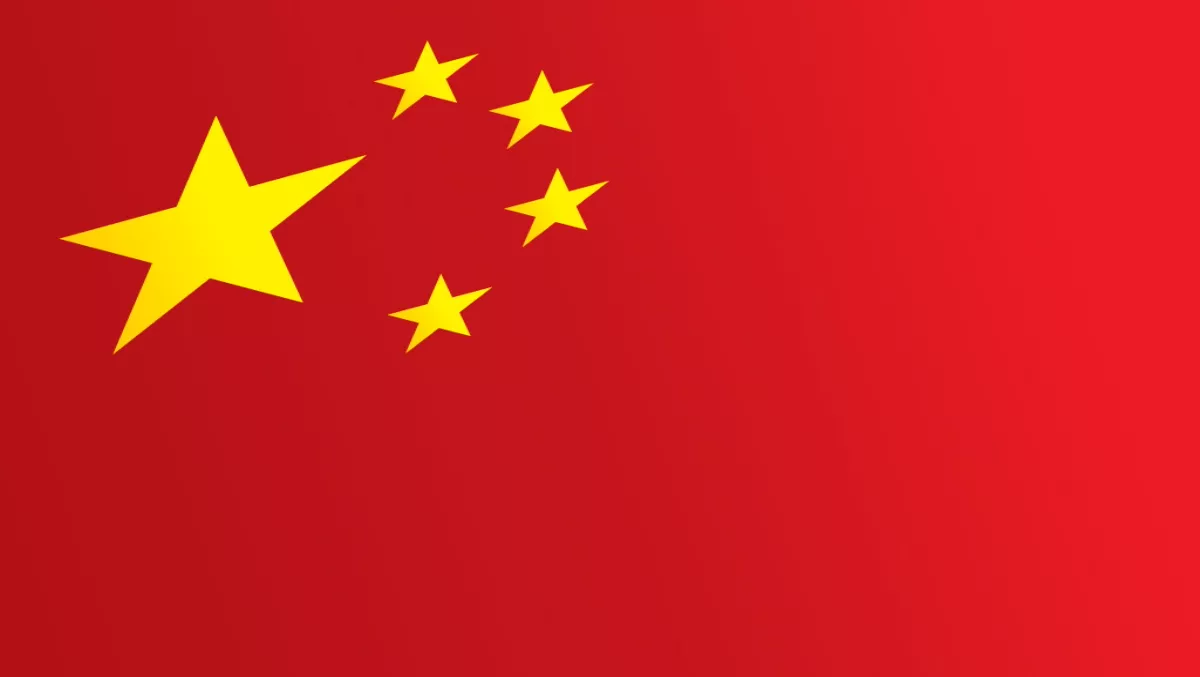
$1.5bn opp for PON vendors from China’s smart grids?
The deployment of smart grids based on PON fibre communications will provide a US$1.5-$2bn opportunity to FTTx PON component and equipment vendors.
That is according to analyst firm Ovum, who forecasts that the major driver for the State Grid Corporation of China (SGCC) to pursue fibre could be a plan to become a communications service provider.
"We believe that the ultimate goal of a fiber-based smart grid is to support advanced communications services," says Julie Kunstler, Principal Analyst of Components, Ovum.
"Building a fiber-based smart grid communications network creates a very large market opportunity for PON vendors.”
“This potential market is important, as Ovum forecasts declining PON OLT port shipments beginning in 2013, following major FTTx network buildouts in China.”
While it is still early to predict the likelihood of the SGCC opportunity, Ovum believes several PON communications equipment vendors have developed products that meet smart grid requirements along with triple-play communications services.
The deployment of a PON-based smart grid would benefit OLT equipment vendors such as Huawei, ZTE, Alcatel-Lucent, and FiberHome, along with the ONT box manufacturers and component vendors supplying fiber splitters, transceivers, BOSAs, PON MAC chips, and optical interface chips.
The list of box and component vendors is long, including Dare, T&W, Cambridge Industries Group, HiSense, Genuine, Cyoptics, Neophotonics, Broadcom, Vitesse, and Semtech, to name a few.
“A PON-based smart grid deployment would also benefit the fiber cabling manufacturers, such as Yangtze Optical Fibre and Cable (YOFC), Corning, and Prysmian," Kunstler says.
Consequently, Kunstler’s recommendation to equipment vendors is to stay close to SGCC to understand its smart grid plans in China.
The cost pressures are likely to be brutal and vendors should continue to look for ways to reduce BOM (bill of material).
Kunstler also recommends that component vendors establish direct contact with China’s smart meter companies and governmental agencies, in addition to relationships with PON equipment vendors.

